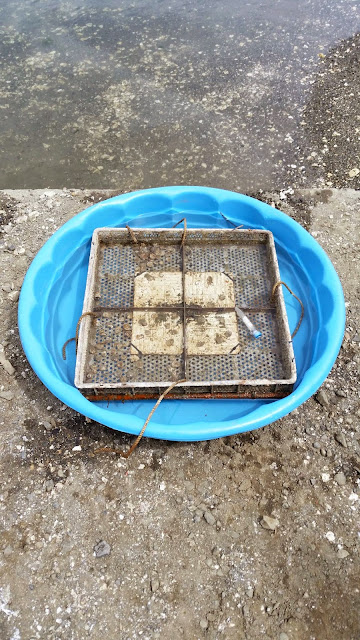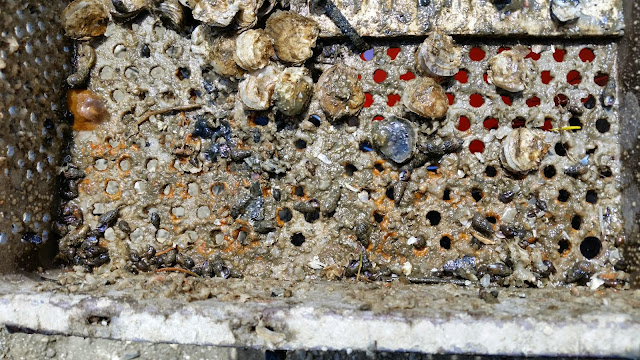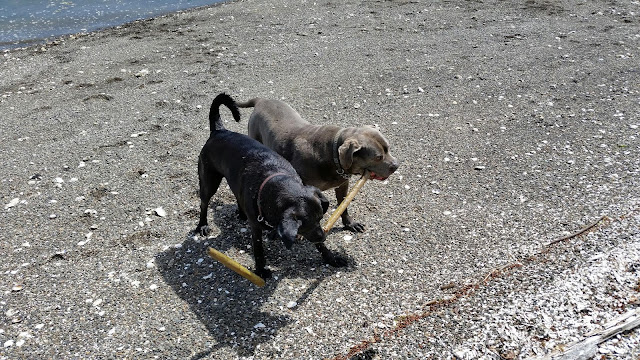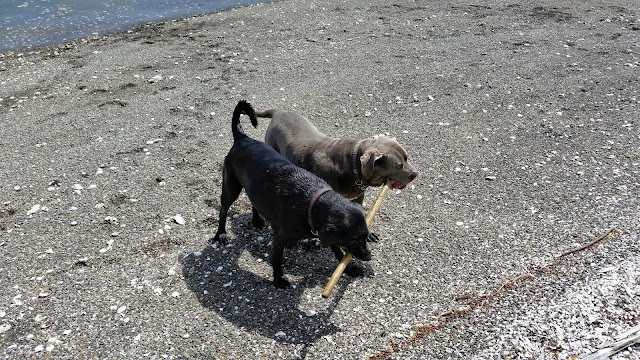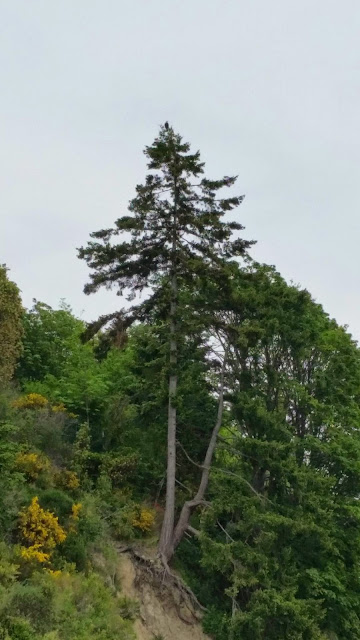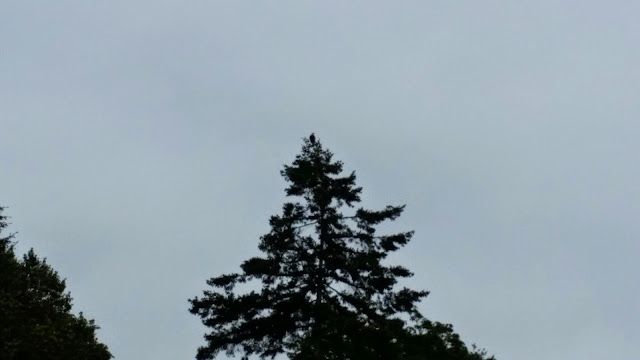Oyster bay, WA
Mid 60s 70s
Participants Steven Roberts, Brent vadopalas, and Jake heare
We came back to oyster bay today to check if mortality occurred across the board.
Upon inspection of the three remaining stacks. There was no indication that the mortality event was spread to the other trays. It seems that a mix of extended exposure, high temperatures, and the treatment caused a mass mortality event. Dabob was the first group to be treated and thus did not experience the same duration of high heat and low oxygen that the north and south sound trays did. We decided to same from the affected trays anyway. We collected 8 from the north sound tray, 4 from the south sound tray, and 10 from the dabob tray. We also individually bagged the shells from the dead oyster in hopes of using them for future data efforts.
On a side note, there appeared to be 2 dabob oysters that had recently spawned as evidenced by the post gonadal canals. Since they showed no signs of brooding it is assumed they spawned as male and may spawn again in the near future as female.
We also did a semi brood check on the other full set of trays and found no brooders.
Shells were placed on dry ice, tissue samples stored in rna later. Will be transferred to cold storage in the near future.
Will continue repro check at fidalgo tomorrow.
Enjoy this selfie of Brent and I in the car as I write reports.

